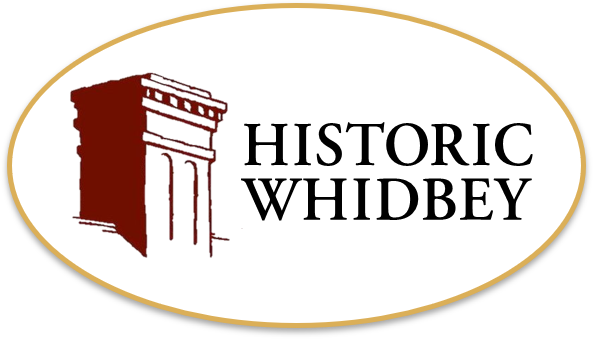This session of courses has ended.
Want to be notified when our courses are available for viewing online? Enter your email below and we will let you know:
Syllabus
10/18: Change of Worlds: an overview of the original inhabitants of the Pacific Northwest, and their earliest contacts with European explorers.
10/25: The Lost Years: the era of peaceful trading coexistence between England's Hudson Bay Company and the Salish peoples of what is today western Washington.
11/1: Manifest Destiny: there goes the neighborhood: the first American settlers and their Army arrive in the new Washington Territory.
11/8: Capture the Flag: settling the last boundary dispute with Great Britain, and the impact of the Civil War in Washington.
11/15: The Rise of Coveland: building a new American town with commerce, agriculture and infrastructure.
11/22: Becoming Coupeville: shifting to a new location in anticipation of a railroad terminus, the seat of Island County finally settled into its permanent home, incorporating in 1910.










